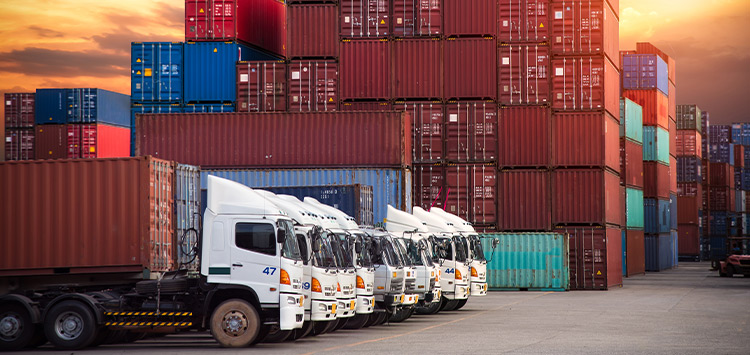Logistics in the Age of Instant Gratification – Meeting Consumer Demands
Logistics in the Age of Instant Gratification has become a critical component of meeting consumer demands in today’s fast-paced, digital-driven marketplace. The modern consumer is no longer content with waiting days or even weeks for their purchases to arrive. Instead, they expect their orders to be delivered almost instantly, and businesses are scrambling to keep up. E-commerce giants like Amazon have set the bar high with their lightning-fast delivery options, such as Amazon Prime, which promises next-day or even same-day delivery on a vast array of products. This has created a ripple effect throughout the industry, and now consumers across the board have come to expect similar levels of speed and convenience. As a result, logistics companies and retailers have had to evolve rapidly to keep pace with these heightened expectations. One of the key strategies that logistics companies have employed to meet these consumer demands is the optimization of last-mile delivery. The last mile, which represents the final leg of a product’s journey from the distribution center to the customer’s doorstep, is often the most time-consuming and expensive part of the supply chain.

To overcome this challenge, companies are implementing advanced route optimization algorithms, utilizing technology like GPS and real-time tracking, and even exploring innovative solutions such as drones and autonomous vehicles for delivery. These efforts are not only reducing delivery times but also minimizing operational costs. Warehousing is another crucial aspect of logistics in the age of instant gratification. To meet the demands for quick order fulfillment, companies are increasingly investing in strategically located fulfillment centers that are equipped with the latest automation and robotics technologies. This enables them to pick, pack, and ship orders more efficiently and accurately; further reducing the time it takes to get products into consumers’ hands. Furthermore, the integration of data analytics and artificial intelligence AI into logistics operations is playing a pivotal role in predicting and preventing supply chain disruptions. By analyzing vast amounts of data, logistics companies can identify trends, anticipate demand fluctuations, and optimize inventory management.
This not only ensures that products are readily available for quick shipment but also helps reduce the environmental impact by minimizing excess stock and wasted resources. In the Age of Instant Gratification, customer communication and transparency are also paramount. Companies are providing customers with real-time tracking information on manila delivery, delivery windows, and proactive updates on their orders. This level of transparency builds trust and sets clear expectations, which is essential in meeting consumer demands for fast and reliable delivery. In conclusion, logistics in the Age of Instant Gratification is a complex and rapidly evolving field. Meeting consumer demands for near-instant delivery has pushed companies to adopt innovative technologies, optimize their supply chain, and enhance their customer communication. Those that successfully navigate this landscape will not only meet the expectations of today’s consumers but also gain a competitive edge in the dynamic world of e-commerce.